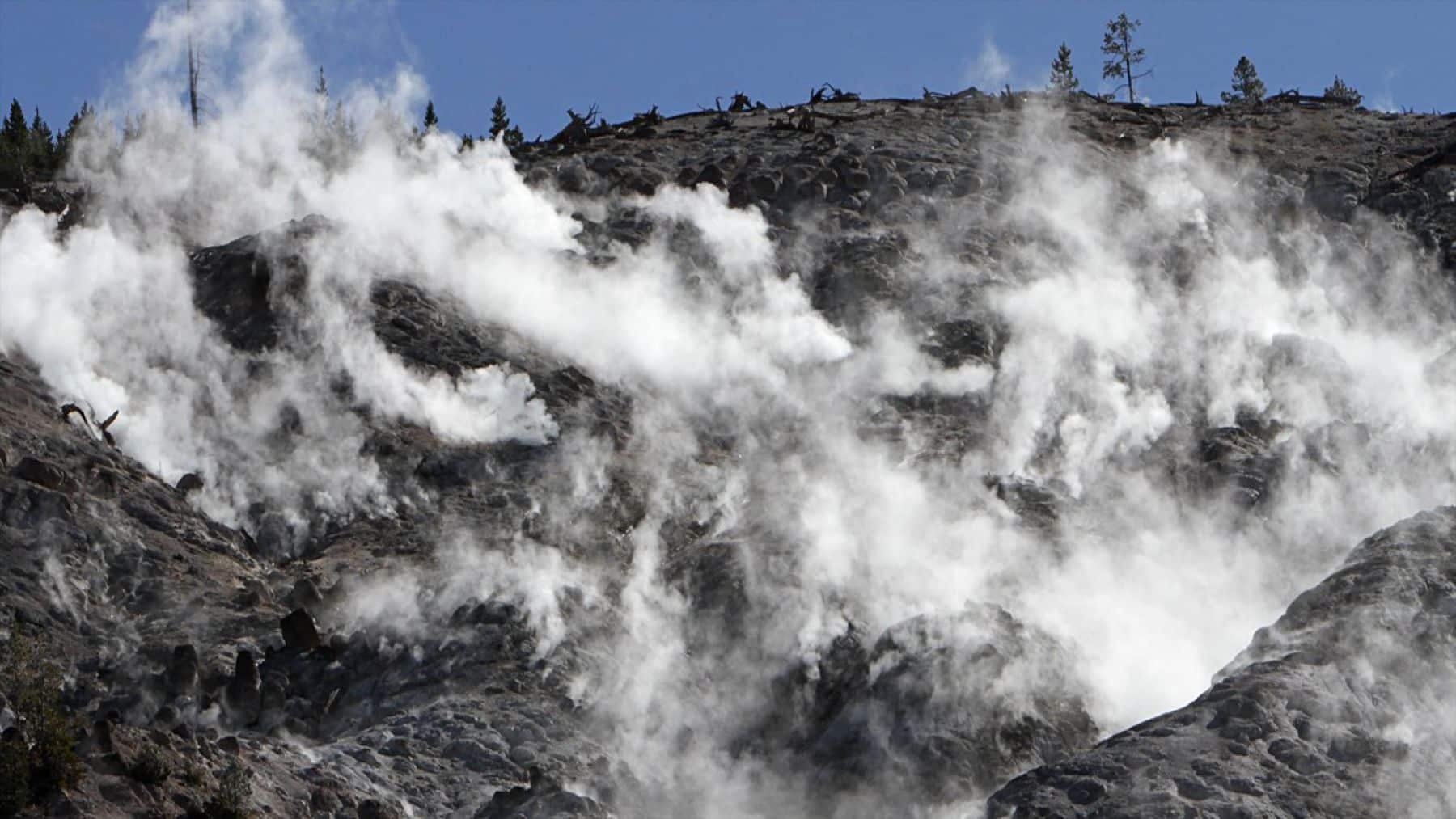There is no doubt that China is utilizing every environmental factor it comes across, turning each into a potential resource that benefits the nation as a whole. This time, the Asian country is targeting the airspace, capturing up to 400 million tons of CO₂ per year for the production of rich protein sources, and solving the issue of combusted greenhouse gas emissions. Just when you think that is all, China has also developed a technique for turning CO₂ into oxygen on space stations.
Efficient protein production uses a dual-reactor system
In research conducted by Xi’an Jiaotong University and the Tianjin Institute of Industrial Biotechnology, scientists are leveraging carbon dioxide (CO₂) to revolutionize protein production through a bioprocess. They found a way to integrate both anaerobic and aerobic processes.
The first step involves using Microbial Electrosynthesis (MES) to convert CO₂ into acetate, which acts as an essential intermediate. Next is feeding the acetate into a second reactor, where aerobic bacteria from the genus Alcaligenes yield a Single-Cell Protein (SCP). This bioprocess conversion has yielded excellent results, producing 17.4 g/t of dry cell weight.
The protein concentration yield is what makes this process special
Another outstanding feature that this biotechnology possesses is its ability to yield a protein concentration of 74%, a quota even more effective than that of conventional protein sources like soybean and fish meal. This absorption serves as an additive in animal feed, thereby improving livestock health and productivity.
Moreover, scientists believe that the SCP further broadens the research for human consumption. In due time, this product will emerge as an alternative protein source on the growing plant-based market. China is solely working and partnering with global research to ensure the use of CO₂ rather than eliminating this substance from the climate, which is quite okay for humans living under such circumstances.
How this research benefits the environment and food security
The future of food security is advancing in the right direction. Recall that the traditional production of protein requires pH adjustments and generates wastewater, both of which cause huge damage to the environment, just like this groundbreaking carbon-absorbing device, redefining energy.
The new bioprocess for protein revolution has, however, taken care of the said issue, minimizing the use of pH adjustments and wastewater generation. Food products are now made environmentally friendly with a more sustainable system and a secure production process.
The benefits of this biotechnology are profound, such that the bioprocess converts atmospheric gas into valuable protein resources rather than just getting rid of them. Indeed, China’s atmospheric harvest project is offering useful contributions in the food industry while also helping to solve the issue of global hunger.
One thing you should know is that the protein obtained from this extraction process is highly rich in amino acids, making it a suitable choice for both animals and humans. Not only does the new technique address issues with climate change, but it also reveals how we can safely use biomass for food production.
China converts CO₂ into oxygen on the space station
Chinese astronauts have created an amazing outburst with the use of CO₂. These wonderful researchers found a way to turn the said gas into oxygen through the same system plants use to convert CO₂ and water into oxygen and organic compounds.
This discovery is aimed at supporting astronauts who’d love to go on a mission that could last years. And so, the scientists found a way to create a space loop whereby oxygen can be extracted from the excess CO₂ waste, which solves the issue of getting a refill from Earth. It is safe to say that China has done incredibly well by devising this method for CO₂ utilization, just like the India Solar Tree innovation, absorbing tons of CO₂. Thanks to the research team at the Chinese Institutes and the astronauts who came up with the oxygen extraction technique.

